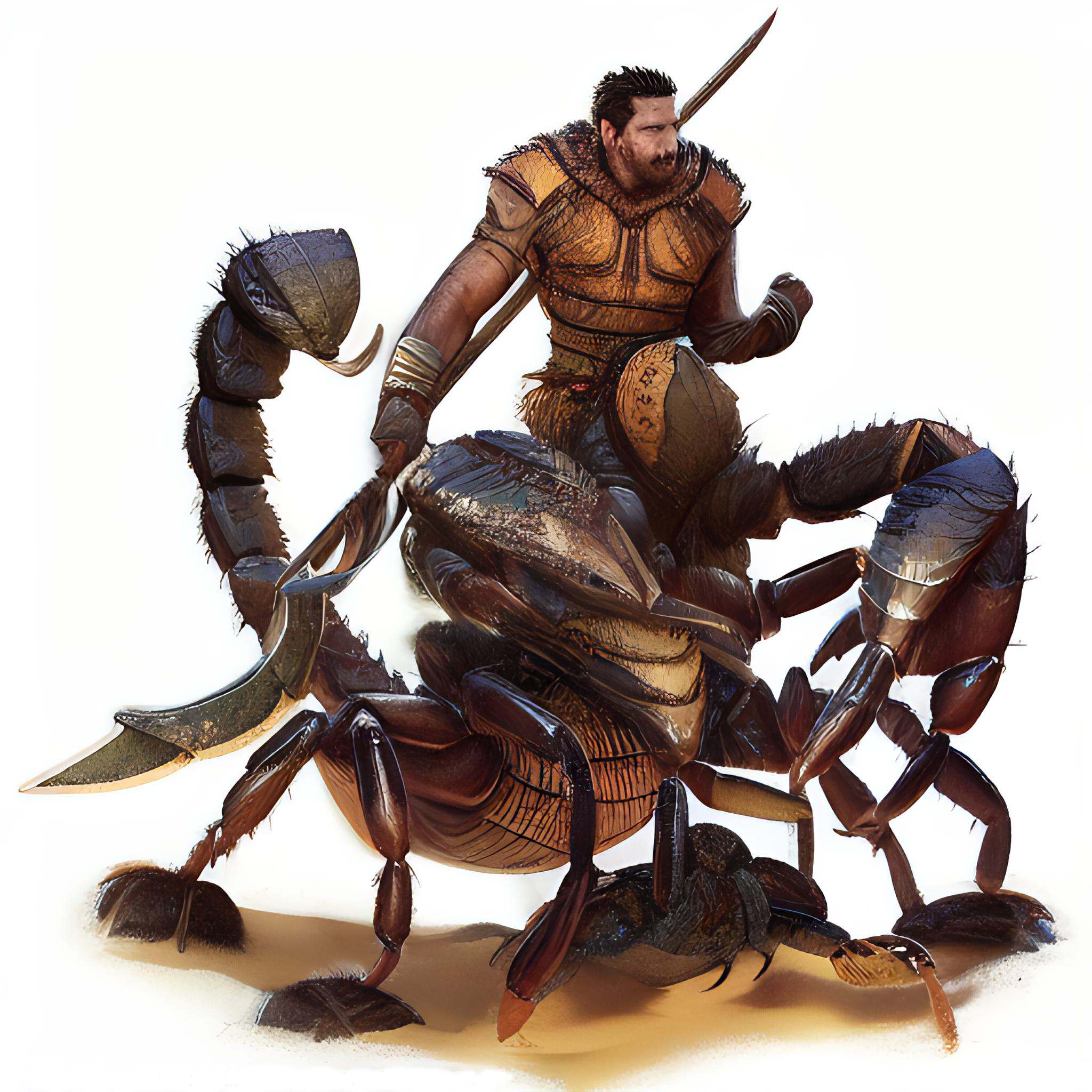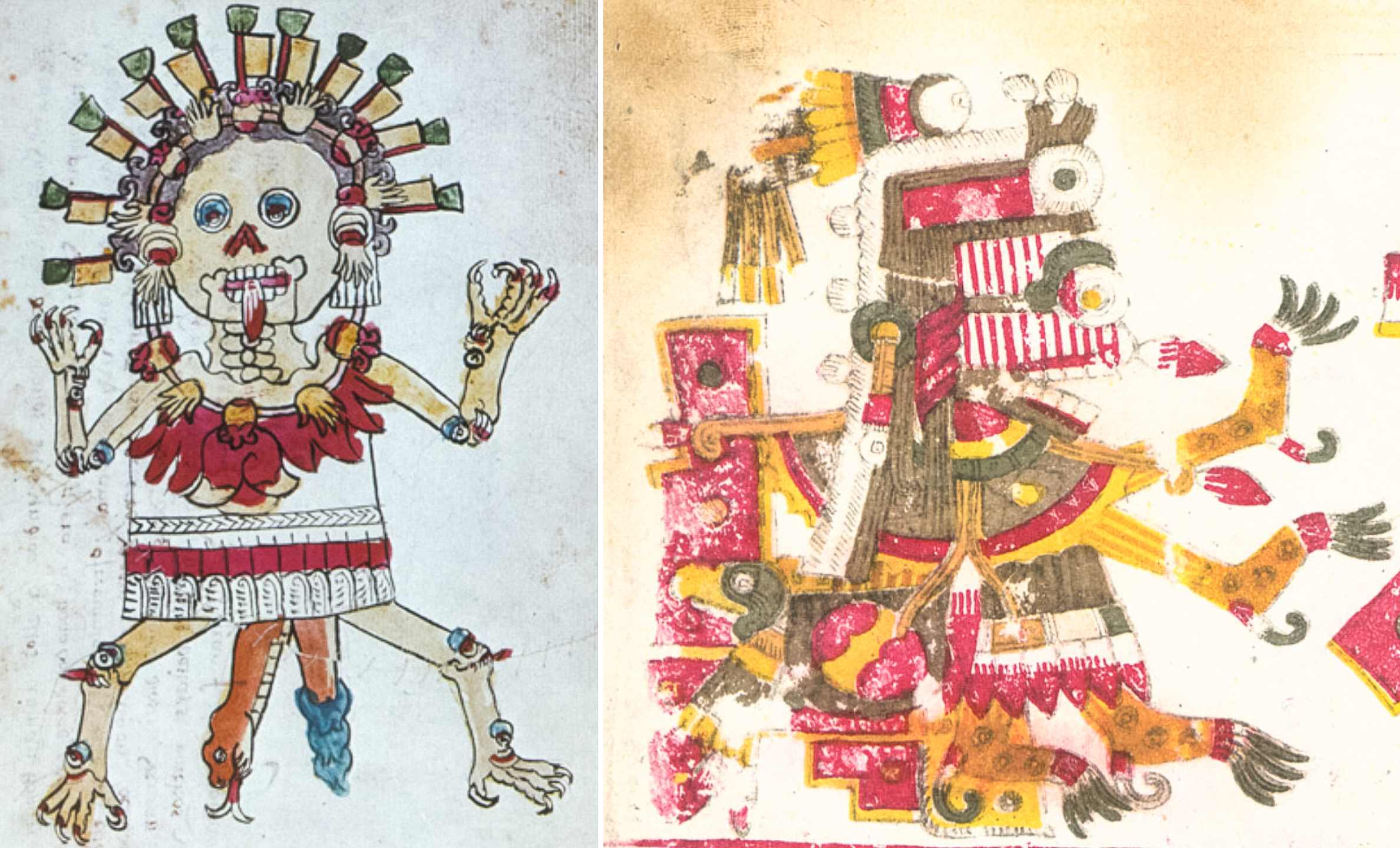The scorpion-human hybrid, also known as Aqrabuamelu, or Girtablilu, is a fascinating creature that can be found in the mythology of the ancient Near East. This creature has been the subject of many debates and theories, as its origins and symbolism are still unclear. In this article, we will decode the mystery of Aqrabuamelu, exploring its origins, cultural significance, symbolism, and the theories that have been proposed to explain its existence.

Aqrabuamelu – the scorpion men of Babylon

Aqrabuamelu is a creature that has the body of a human and the tail of a scorpion. It is believed to have originated in ancient Mesopotamia, which is now modern-day Iraq. The name Aqrabuamelu is derived from the words “aqrabu,” which means scorpion, and “amelu,” which means man. The creature is often depicted as a fierce warrior, and it is said to have the ability to protect the gates of the underworld.
The origin of Aqrabuamelu and its significance in mythology
The origins of Aqrabuamelu are still unclear, but it is believed to have originated in ancient Mesopotamia. The creature is often associated with the god Ninurta, who is the god of war and agriculture. In some myths, Aqrabuamelu is said to be the offspring of Ninurta and a scorpion goddess.

In other myths, Aqrabuamelu is said to be a creation of the god Enki, who is the god of wisdom and water. Aqrabuamelu has the ability to protect the gates of the underworld. In some other myths, Aqrabuamelu is also said to be a guardian of the sun god, Shamash, or a protector of the king.
The Babylonian creation epic tells that the Tiamat first created the Aqrabuamelu to wage war against the younger gods for the betrayal of her mate Apzu. Apzu is the primeval sea below the void space of the underworld (Kur) and the earth (Ma) above.
Scorpion men – the guardians of the entrance to Kurnugi
In the Epic of Gilgamesh, there were scorpion men whose responsibility was to guard the gates of the Sun god Shamash at the mountains of Mashu. The gates were the entrance to Kurnugi, which was the land of darkness. These creatures would open the gates for Shamash as he went out each day and close them after he returned to the underworld at night.

They possessed the ability to see beyond the horizon and would warn travelers of impending dangers. According to Akkadian myths, the Aqrabuamelu had heads that reached the sky, and their gaze could cause painful death. Artifacts uncovered in the Jiroft and Kahnuj districts of Kerman Province, Iran, revealed that the scorpion men also played an essential role in Jiroft’s mythology.
The scorpion men in Aztecs’ myths
The Aztec legends also refer to similar scorpion men known as Tzitzimime. These beings were believed to be defeated gods who destroyed the sacred grove of fruit trees and were cast out of the sky. The Tzitzimime were associated with stars, particularly those visible during a solar eclipse, and were depicted as skeletal females wearing skirts with skull and crossbones designs.

In the Postconquest era, they were often referred to as “demons” or “devils.” The leader of the Tzitzimimeh was the goddess Itzpapalotl who was the ruler of Tamoanchan, the paradise where the Tzitzimimeh resided. The Tzitzimimeh played a dual role in Aztec religion, protecting humanity while also posing a potential threat.
The depiction of Aqrabuamelu in art
Aqrabuamelu is often depicted in art as a fierce warrior with the body of a human and the tail of a scorpion. It is often shown holding a weapon, such as a sword or a bow and arrow. The creature is also sometimes shown wearing armor and a helmet. In some depictions, Aqrabuamelu is shown with wings, which may symbolize its ability to fly.
The symbolism of the scorpion-human hybrid
The symbolism of the scorpion-human hybrid is debated, but it is believed to represent the duality of human nature. The creature has the body of a human, which represents the rational and civilized aspect of humanity. The tail of a scorpion represents the wild and untamed aspect of humanity. The scorpion-human hybrid may also symbolize the balance between good and evil.
The cultural significance of Aqrabuamelu
Aqrabuamelu has played a significant role in the culture of the ancient Near East. The creature has been depicted in art and literature for thousands of years. It is believed to have been a symbol of protection and strength. On the other hand, Aqrabuamelu was also associated with the god Ninurta, who was an important deity in the ancient Near East.
Theories and explanations for the existence of Aqrabuamelu
There are many theories and explanations for the existence of Aqrabuamelu. Some scholars believe that the creature was a product of the imagination of the ancient Near Eastern people. Others believe that Aqrabuamelu may have been based on a real creature that was found in the region. Still, others believe that Aqrabuamelu may have been a symbol of the duality of human nature as previously said.
Aqrabuamelu in modern culture
Aqrabuamelu has continued to capture the imagination of people in modern times. The creature has been the subject of many books, movies, and video games. In some modern depictions, Aqrabuamelu is shown as a fierce warrior who battles against evil forces. In other depictions, the creature is shown as a protector of the weak and vulnerable.
Conclusion: the enduring appeal of the scorpion-human hybrid
Aqrabuamelu, the scorpion-human hybrid, is a fascinating creature that has captured the imagination of people for thousands of years. Its origins and symbolism are still unclear, but it is believed to represent the duality of human nature. The creature has played a significant role in the culture of the ancient Near East and has continued to inspire people in modern times. Whether it is a product of the imagination or based on a real creature, Aqrabuamelu remains an enduring symbol of strength and protection.
If you’re interested in learning more about the fascinating creatures of ancient mythology, check out our other articles on the subject. And if you have any questions or comments, feel free to leave them below.




